Content by Philip Rozeboom
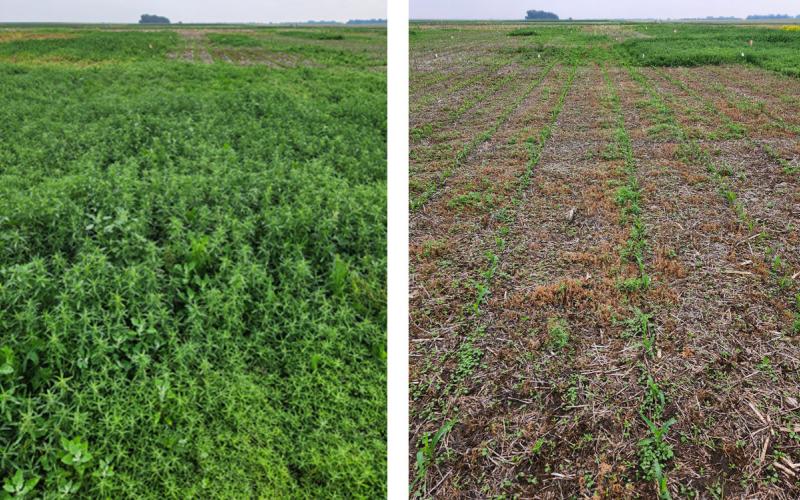
Glufosinate + lactofen is likely an effective mixture to manage kochia postemergence in soybean
Kochia is a difficult to manage weed that infests crops across South Dakota. Mixing effective herbicides is a tactic that can reduce selection pressure on resistant weeds and increase the effectiveness of weed management.

Dectes Stem Borer in South Dakota Soybeans
Fact sheet on Dectes stem borer in South Dakota soybeans
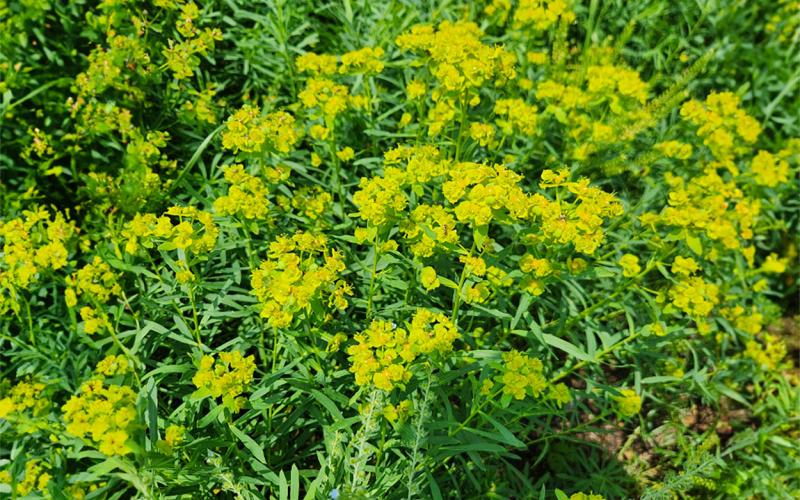
Leafy Spurge: Do I spray now or wait until fall?
In June, leafy spurge is one of our most problematic rangeland, pasture, and roadside weeds. It is also one of South Dakota’s noxious weeds that landowners are required by law to control. So should you spray it now or wait until fall?
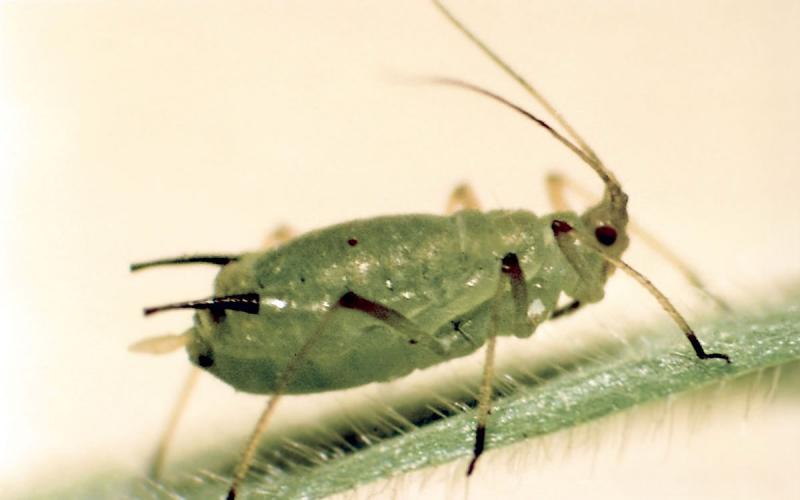
Aphid Populations Continue To Increase in Wheat
English grain aphid populations are continuing to increase in wheat. With increasing pressure, it is important to scout wheat fields to ensure that the populations do not cause yield loss.
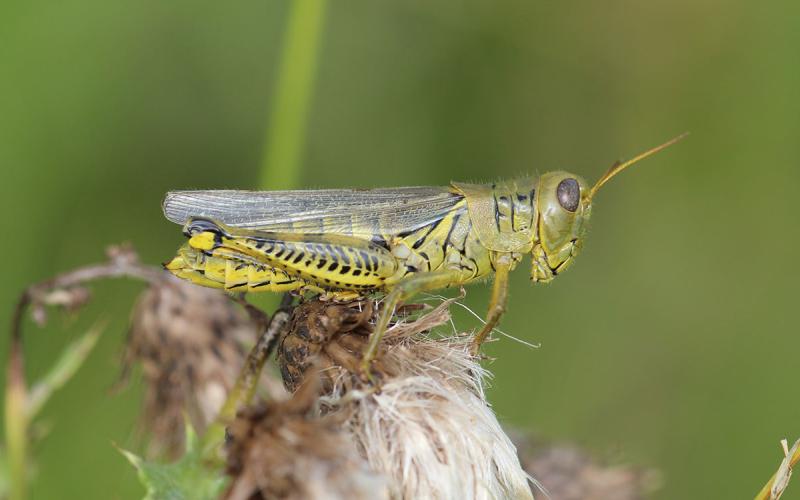
Survey of Grasshoppers in South Dakota
Fact sheet on the abundance and species diversity of grasshoppers in South Dakota

Overlapping Residual Herbicides May Be Necessary for Effective Weed Management
Weed management in sunflowers poses unique challenges. Compared with many other crops, there is a limited number of herbicides selections, especially postemergence herbicides.

Pesticide Personal Protective Equipment: Glove Selection
Safety gloves are one of the most-important pieces of pesticide personal protective equipment. Glove material is very important, as not all materials provide the same protection for different pesticide ingredients.

Monitor Alfalfa for Pea Aphid Activity
Pea aphids can cause yield reductions to alfalfa when large populations are present. Prolonged feeding by these populations can even cause the alfalfa fields to take on a “golden” color.
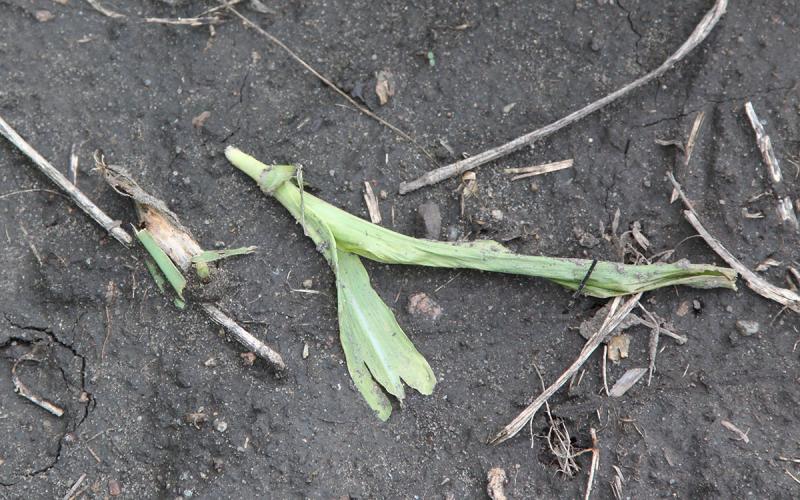
Scout Corn for Black Cutworm Activity
Black cutworms are a migratory moth that moves into South Dakota during early spring. Although black cutworm caterpillars cause minor corn injury by feeding on leaf tissue, serious injury occurs when feeding results in the cutting of young corn plants.

Waterhemp Has Emerged in South Dakota: Time to prepare for post-emergence management
Waterhemp has started to emerge across South Dakota. While waterhemp plants are small now, recent rain events and forecasted warmer air temperatures are ideal for waterhemp growth.